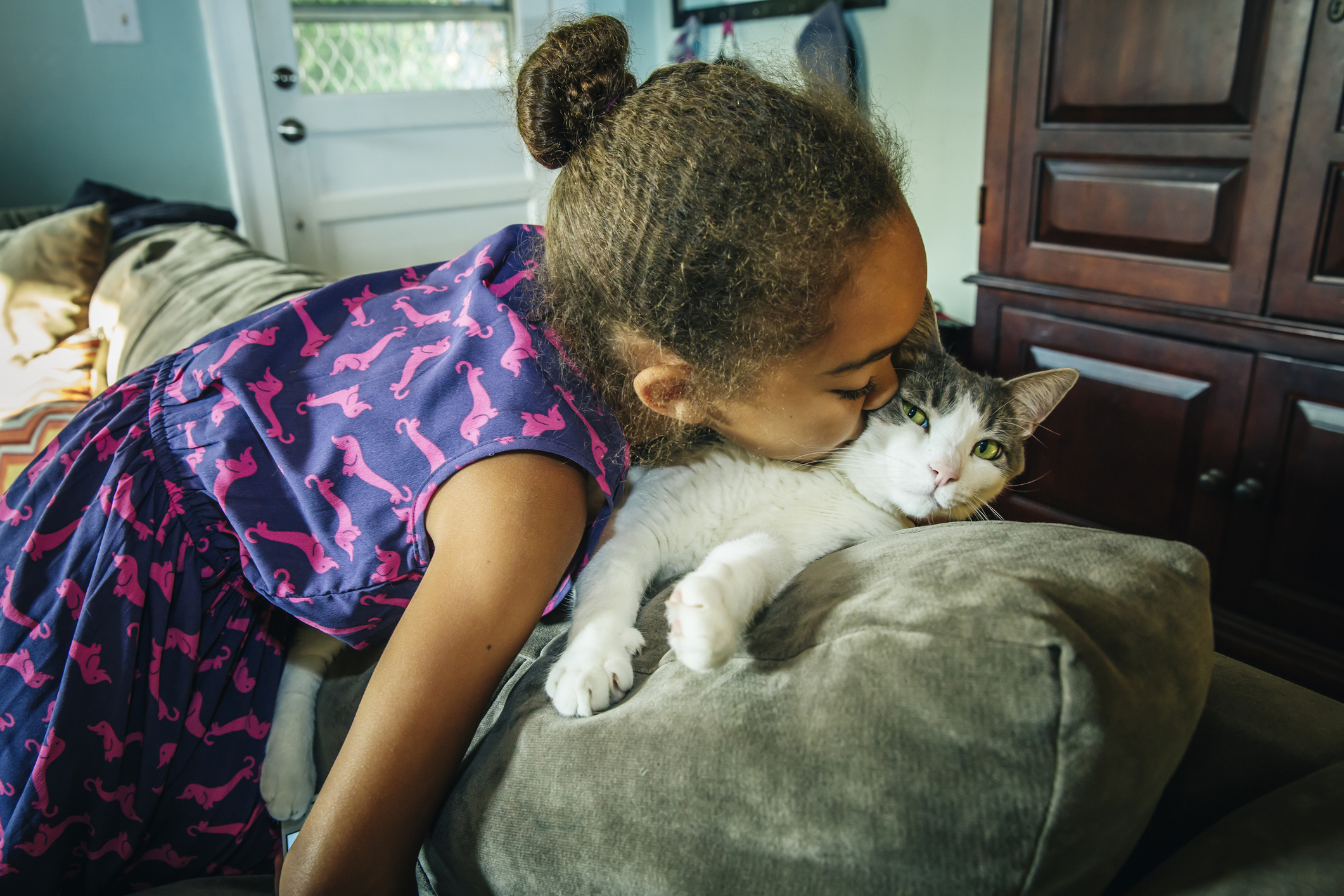
Diagnostic tests miss autism features in girls
Girls with autism may not get a diagnosis because certain features of the condition look different in them than they do in boys.
Girls with autism may not get a diagnosis because certain features of the condition look different in them than they do in boys. Researchers presented the unpublished results from two studies yesterday at the 2017 International Meeting for Autism Research in San Francisco, California.
Both studies compare how girls and boys with autism perform on a widely used diagnostic test called the Autism Diagnostic Observation Schedule (ADOS). During this test, a clinician invites a child to perform a series of tasks and rates the child’s behaviors.
One of the studies reveals that the ADOS is more likely to miss girls with autism than boys with the condition. Girls with autism tend to score lower than boys with the condition on this test’s measure of restricted interests and repetitive behaviors, one of the core features of autism.
“Girls are scoring differently on the ADOS because of their sex,” says Michael Sweeney, a research assistant in Somer Bishop’s lab at the University of California, San Francisco, who presented the study.
The other study hints that restricted interests and repetitive behaviors in girls with autism differ in nature from those shown by boys with the condition, and so might not be recognized as being related to autism.
Sex bias:
Sweeney and his colleagues compared the total ADOS scores of 396 boys and 85 girls who have an autism diagnosis. The children were 9 years old, on average, and had at least average scores on tests of verbal and nonverbal intelligence.
The team found that 15 percent of the girls do not meet the ADOS threshold for an autism diagnosis, compared with only 6 percent of the boys. The results hold even after controlling for differences in age and verbal abilities between boys and girls.
The researchers then compared the ADOS calibrated severity score, a measure that reflects the severity of autism features independently of a child’s age or language ability.
This analysis revealed that girls show fewer severe restricted interests and repetitive behaviors than boys do. By contrast, girls and boys do not differ in their level of social difficulties.
The team then flagged five items on the ADOS on which girls score significantly lower than boys do, including one item related to restricted interests and repetitive behaviors; three of these items are critical to the test’s diagnostic threshold.
Sweeney says the study cannot determine whether girls have fewer restricted interests and repetitive behaviors than boys do or whether the ADOS simply misses girls’ behaviors. Results from a second study, also presented yesterday, support the latter idea.
Girl power:
In this study, David Skuse and William Mandy at University College London devised a new checklist for detecting sex differences in behaviors shown during an ADOS assessment. The checklist, called the Gendered Autism Behaviour Scale (GABS), consists of 18 behaviors that the researchers expect to be part of female-specific presentations of autism.
These behaviors fall into four broad categories: masking autism features by, say, imitating typical peers, making an effort to establish friendships, having anxiety or depression, and being fixated on relationships with others, whether real, imaginary or even non-human.
The researchers obtained video recordings of ADOS assessments for 22 boys and 22 girls with autism, all between 9 and 15 years of age. These children all have average or above-average intelligence and verbal ability.
The researchers reviewed each video for signs of the 18 behaviors on the GABS checklist. They found that girls with autism report being more affected by social acceptance and rejection than do boys with the condition; the girls also have more anxiety and depression than the boys do and are more likely to talk about restricted interests in relationships, particularly with animals. By contrast, boys with autism tend to talk about non-social interests such as puzzles or computer games.
“There’s a female phenotype that is quite different, even in the ADOS,” says Laura Hull, a graduate student in Mandy’s lab who presented the findings.
Together, the two studies underscore the importance of not relying solely on the ADOS when diagnosing autism. They also highlight the need to modify diagnostic tests to better detect the condition in girls.
For more reports from the 2017 International Meeting for Autism Research, please click here.
Recommended reading

Expediting clinical trials for profound autism: Q&A with Matthew State

Too much or too little brain synchrony may underlie autism subtypes
Explore more from The Transmitter

Mitochondrial ‘landscape’ shifts across human brain

